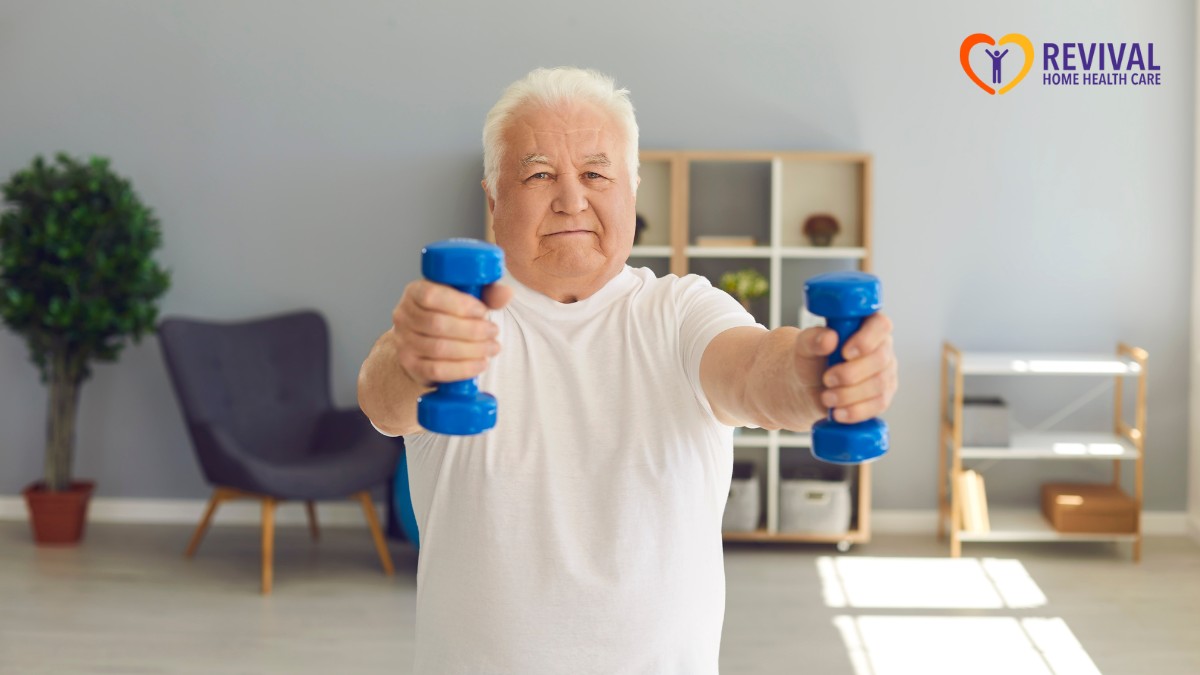Key Points:
- Regular, tailored exercise can improve cardiac health and quality of life for heart patients.
- Safe activity plans include medical consultation, symptom monitoring, and gradual progression.
- Combining low-impact workouts, strength training, and mind–body practices enhances endurance and well-being.
A gentle walk around the block can feel daunting when you’re managing a heart condition. Yet movement, supported by physical therapy, is one of the best medicines for improving circulation, mood, and strength. With the right guidance, anyone can overcome fears and embrace safe, enjoyable activity that supports heart health.
Understanding Heart Conditions and Physical Activity
Before diving into exercise, it helps to know why movement matters. Staying active reduces blood pressure, strengthens the heart muscle, and improves energy levels. Yet each diagnosis—from coronary artery disease to heart failure—brings unique considerations for helping patients stay active safely with heart conditions.
Common Heart Conditions and Their Challenges
Conditions such as ischemic heart disease, arrhythmias, and heart failure can limit exercise tolerance. Patients may worry about chest pain, shortness of breath, or fatigue. Recognizing individual limits is the first step toward crafting a safe fitness plan that balances benefit with caution.
Benefits of Safe Exercise for Heart Health
When guided properly, physical activity boosts cardiac output, lowers “bad” LDL cholesterol, and enhances mood through endorphin release. Even gentle activities can reduce hospital readmissions and improve daily function. The goal is steady progress, not pushing beyond safe exertion levels.

How Patients with Heart Conditions Can Exercise Safely
Laying the right foundation ensures your exercise routine is both safe and effective. Here’s how to prepare:
- Get medical clearance from your healthcare provider. Speak with your cardiologist or primary care doctor to assess your current health, adjust medications if needed, and rule out any immediate risks.
- Understand your physical limitations and risks. Your doctor may order tests like a stress echocardiogram to determine how much activity your heart can handle safely.
- Work with a cardiac rehab or physical therapy professional. These specialists can design a personalized exercise plan based on your condition, goals, and current fitness level.
- Establish your ideal heart rate zones. A customized plan will include safe target heart rate ranges and exercise durations, helping you stay within healthy limits.
- Follow a structured, trackable routine. Having a set schedule with gradual progressions prevents overexertion and allows you to monitor improvements over time.
Types of Activities Suitable for Heart Patients
Not all exercises are created equal. Focusing on low-impact, manageable movements reduces strain on the heart and joints. Variety keeps routines engaging while targeting cardiovascular fitness, strength, and flexibility.
Low-Impact Cardio Exercises
Walking, stationary cycling, swimming, or water aerobics elevate the heart rate gently. Aim for 20–30 minutes, three to five times weekly, starting at a comfortable pace. Gradual increases in speed or duration build endurance without sudden stress.
Strength and Flexibility Training
Light resistance with bands or small weights two times per week enhances muscle tone and metabolic health. Gentle stretching and yoga improve flexibility, reduce tension, and support better posture—important for efficient breathing and circulation.
Mind–Body Practices
Activities like tai chi and guided relaxation combine movement with deep breathing. They promote better heart rate variability and help patients listen to bodily signals. Plus, stress reduction supports overall heart health.

Safety Strategies During Exercise
Minimizing risk during workouts ensures confidence and continuity. Simple safety measures—from warming up to monitoring equipment—make every session more secure and effective.
- Start with a warm-up and cool-down. Begin each session with 5–10 minutes of light activity like marching or shoulder rolls, and finish with slower-paced walking and gentle stretching to help your heart transition safely.
- Wear proper footwear. Use supportive shoes with good arch support to reduce joint stress and lower the risk of injury during physical activity.
- Use well-maintained equipment. Exercise machines like treadmills or stationary bikes should be in good condition and properly calibrated for safe, predictable workouts.
- Increase resistance or intensity gradually. Avoid sudden jumps in difficulty by making slow, steady adjustments to avoid overloading the heart or muscles.
- Consider the environment and weather. Exercise indoors during extreme heat or cold, and if you’re outside, choose cooler times of day—like morning or evening—and stay well hydrated.
Monitoring Progress and Body Signals
Tuning in to how your body responds builds awareness and prevents complications. Tracking key metrics and recognizing warning signs help maintain safe exercise habits.
Recognizing Warning Signs
Stop and rest if you experience chest pain, undue breathlessness, lightheadedness, or palpitations. These “red flags” warrant immediate attention. Carry a phone, and consider exercising with a partner or support person.
Using Heart Rate and Perceived Exertion
Learn your target heart rate zone—often 50–70% of maximum—and use a heart rate monitor or manual checks. Alternatively, use the “talk test”: you should breathe hard but still hold a brief conversation.
Building a Sustainable Routine
Consistency trumps intensity. A balanced schedule with variety and recovery days keeps motivation high and reduces injury risk. Celebrate small wins and adjust plans as fitness improves. Reward achievements with non-food incentives, such as a new audiobook or hobby supplies that add convenience and comfort to your routine.
Schedule at least one full rest day weekly, and alternate high and low-intensity sessions. Gentle activities like stretching or leisurely walks on recovery days keep you moving without strain, while maintaining a sense of convenience and comfort throughout your week.
Overcoming Common Pain Points
Acknowledging emotional roadblocks and crafting coping strategies helps maintain momentum and resilience. Anxiety about pushing too hard can be addressed by sticking to your prescribed heart rate zones.
Using guided routines—like instructor-led cardiac rehab videos—provides structure and reassurance. On tougher days, reduce session length or switch to gentler activities, like stretching or light indoor walking. Progress includes rest, not just persistence.
Nutritional and Lifestyle Support
What you eat and how you live profoundly influences cardiac performance. Pairing exercise with heart-healthy habits amplifies benefits and fosters long-term success.
Heart-Healthy Nutrition Tips
Focus on lean proteins, whole grains, fruits, and vegetables rich in antioxidants. Limit sodium, saturated fats, and added sugars. Small dietary tweaks—like swapping salt for herbs—improve blood pressure and cholesterol levels.
Managing Medications and Hydration
Take heart medications as directed, and plan exercise sessions around peak dosing times if advised. Drink water before, during, and after workouts to maintain optimal blood volume and prevent dizziness.
Frequently Asked Questions
Addressing common concerns clarifies uncertainties and empowers patients to take charge of their routines.
When Should I Stop Exercising?
If chest discomfort, severe breathlessness, or dizziness occurs, stop immediately and rest. Contact your provider if symptoms persist longer than 10 minutes.
Can I Exercise With an Implanted Device?
Yes—patients with pacemakers or defibrillators can often engage in low-impact activity. Always confirm device-specific guidelines with your cardiologist.
Schedule Personalized Support Today
Ready to take the next step toward safer, more confident activity? Revival Home Health Care offers specialized heart failure home care in New York, delivering personalized exercise guidance, medication management, and emotional support right in your home.
Our compassionate team works closely with you and your medical providers to tailor a safe, effective fitness plan that respects your unique condition. Don’t navigate this journey alone—reach out today to learn how our home-based cardiac care can help you stay active and thrive.


 75 Vanderbilt Ave Staten Island, NY 10304
75 Vanderbilt Ave Staten Island, NY 10304 info@revivalhhc.org
info@revivalhhc.org 718.629.1000
718.629.1000